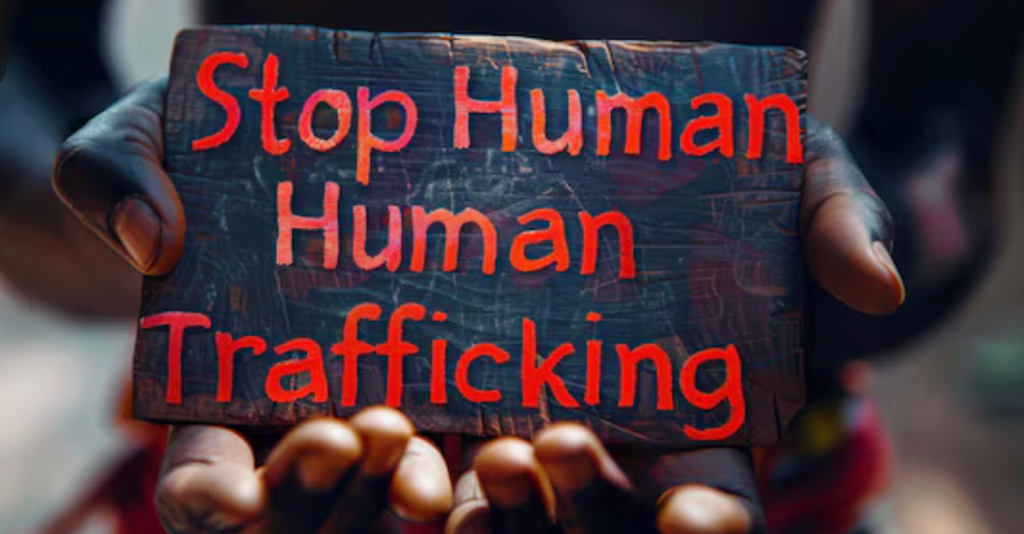
Unveiling the Shadows: Confronting Sex Trafficking in the U.S.
Introduction
Sex trafficking is a grave human rights violation and a hidden crisis within the United States. Often misunderstood or overlooked, it affects individuals across various demographics, and its repercussions are far-reaching. In this blog post, we’ll shed light on what sex trafficking is, why it persists, and what we can do to combat it.
Understanding Sex Trafficking
What is Sex Trafficking?
Sex trafficking involves the exploitation of individuals for sexual purposes through coercion, fraud, or force. Victims, who can be of any age, gender, or background, are often manipulated or controlled by traffickers who profit from their exploitation.
Forms of Sex Trafficking
- Domestic Trafficking: Victims are trafficked within their own country, often by individuals or networks who prey on vulnerable populations.
- International Trafficking: Victims are brought from other countries, sometimes with false promises of legitimate work or better life opportunities.
Why Does Sex Trafficking Persist?
Vulnerable Populations
Traffickers often target individuals who are vulnerable due to factors such as poverty, lack of education, or unstable family situations. Children and teenagers, particularly those in foster care or experiencing homelessness, are especially at risk.
Demand for Exploitation
A persistent demand for commercial sex drives the trafficking industry. This demand fuels the exploitation of victims and encourages traffickers to operate with impunity.
Lack of Awareness and Misconceptions
Many people are unaware of the signs of trafficking or misunderstand the complexities involved. Misconceptions, such as believing trafficking only involves kidnapping or affects only foreign nationals, can obscure the reality of the problem.
Signs of Sex Trafficking
Recognizing the signs of sex trafficking is critical for intervention:
- Physical Indicators: Bruises, malnutrition, or signs of physical abuse.
- Behavioral Indicators: Anxiety, fearfulness, or reluctance to speak in the presence of others.
- Environmental Indicators: Lack of personal identification, limited access to freedom, or frequent movement.
The Role of Law Enforcement and Policy
Legislation and Policies
Numerous laws and policies aim to combat sex trafficking, such as the Trafficking Victims Protection Act (TVPA) and various state-level initiatives. However, enforcement and resources can vary, impacting the effectiveness of these measures.
Challenges Faced
Law enforcement agencies often face challenges such as insufficient training, inadequate resources, and difficulty in identifying trafficking cases. Collaboration with non-profits and advocacy groups is essential for addressing these challenges.
How Can We Make a Difference?
Education and Awareness
Raising awareness about sex trafficking is crucial. Educating the public on recognizing signs and understanding the issue can help mobilize community action.
Support for Victims
Supporting organizations that provide resources, shelter, and rehabilitation for trafficking survivors is vital. These organizations play a key role in helping victims rebuild their lives.
Advocacy and Policy Change
Advocating for stronger laws, better enforcement, and increased funding for anti-trafficking efforts can drive systemic change. Engaging with policymakers and participating in grassroots campaigns can amplify efforts to combat trafficking.
Volunteer and Donate
Get involved with local organizations such as Innocence Freed, which are working on the front lines. Volunteering your time or donating resources can make a tangible impact on the fight against sex trafficking. You can give to Innocence Freed here.
I’ll conclude my thoughts on this matter here.
Sex trafficking remains a hidden but pervasive issue in the US, affecting countless individuals and communities. By educating ourselves and others, supporting victims, and advocating for change, we can contribute to ending this egregious violation of human rights. It’s time to lift the veil of silence and work together to create a world free from exploitation.
Written by, Julie Shrader
Founder and CEO of Innocence Freed
Founder of Rejuvenating Women in 2012 (aka, Restored Wings)